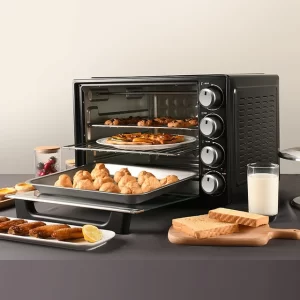Is splatter foam spray good for ovens?
Introduction:
Cleaning the oven can be a challenging and time-consuming task, especially when dealing with stubborn grease and food splatters. To simplify the cleaning process, various cleaning products are available on the market, including splatter foam sprays. These foaming sprays claim to dissolve and remove tough stains and grease from oven surfaces, promising convenience and efficiency. In this article, we will explore the effectiveness of splatter foam sprays for ovens, discussing their application, advantages, potential drawbacks, and alternative cleaning methods. By understanding the characteristics of splatter foam sprays, users can make informed decisions regarding their use for oven cleaning.
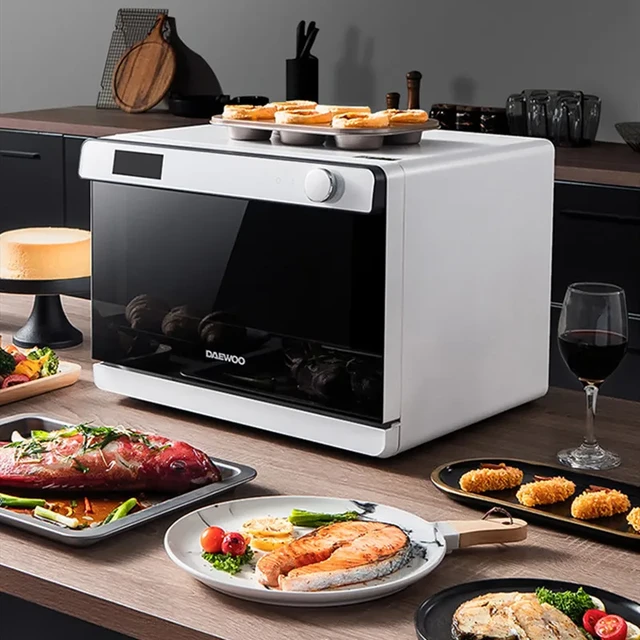
Is splatter foam spray good for ovens?
Understanding Splatter Foam Sprays:
a. Purpose: Splatter foam sprays are specifically formulated to tackle tough stains and grease splatters in ovens. The foaming action helps to penetrate and break down stubborn residues, making them easier to wipe away.
b. Application: Splatter foam sprays are typically applied directly to the oven interior, coating the surfaces with a foaming layer. The foam is left to work on the stains and grease, usually for a specified period, before being wiped off.
c. Foaming Action: The foam produced by these sprays clings to vertical surfaces, allowing for better contact time and increased effectiveness in breaking down grime and grease.
Advantages of Splatter Foam Sprays:
a. Easy Application: Splatter foam sprays are designed for convenient application. The spray nozzle allows for targeted and controlled distribution of the foam, ensuring thorough coverage of the oven surfaces.
b. Penetration: The foaming action of these sprays helps the cleaning agents penetrate and loosen tough stains, grease, and food residues. This makes it easier to remove the grime without excessive scrubbing or scraping.
c. Time Efficiency: Splatter foam sprays often require a specified dwell time, during which the foam works on the stains and grease. This allows users to multitask or attend to other cleaning tasks while the product does its job.
d. Versatility: Splatter foam sprays can be used on various oven surfaces, including enamel, stainless steel, and glass. They are typically safe for use on these surfaces without causing damage or discoloration.
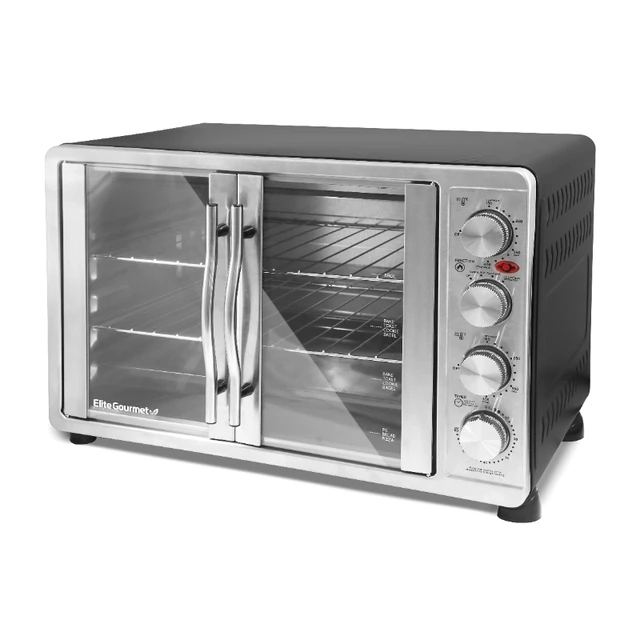
Potential Drawbacks and Considerations:
a. Chemical Composition: Splatter foam sprays contain cleaning agents that may have strong chemical odors or fumes. It is important to ensure proper ventilation during and after application to avoid inhalation of potentially harmful substances.
b. Effectiveness on Stubborn Stains: While splatter foam sprays can effectively tackle most stains and grease, they may struggle with extremely stubborn or baked-on residues. In such cases, additional cleaning methods or repeated applications may be required.
c. Residue Removal: After the foam has been allowed to work on the stains, thorough rinsing or wiping is necessary to remove the residue. Failure to do so may result in a film or residue left behind, affecting future cooking or emitting odors when the oven is used.
d. Compatibility with Self-Cleaning Ovens: Some splatter foam sprays may not be recommended for use in self-cleaning ovens, as the cleaning agents may interfere with the self-cleaning function or cause damage to the oven’s interior.
Alternative Cleaning Methods for Ovens:
a. Baking Soda and Vinegar: A paste made from baking soda and water can be applied to oven surfaces to tackle grease and stains. After allowing it to sit for some time, spraying vinegar onto the paste will create a foaming reaction, aiding in loosening grime and making it easier to wipe away.
b. Commercial Oven Cleaners: There are various commercial oven cleaning products available that are specifically formulated for removing tough stains and grease. These cleaners often require application, dwell time, and wiping or rinsing, similar to splatter foam sprays.
c. Natural Cleaning Solutions: Using natural cleaning solutions, such as lemon juice or a mixture of lemon juice and water, can help dissolve grease and stains. These solutions are typically milder and have a more pleasant scent compared to chemical-based cleaners.
d. Steam Cleaning: Steam cleaners can be effective for oven cleaning, as the hot steam helps to loosen stains and grime. Steam cleaners are especially useful for regular maintenance cleaning, as they can quickly refresh the oven interior without the need for harsh chemicals.
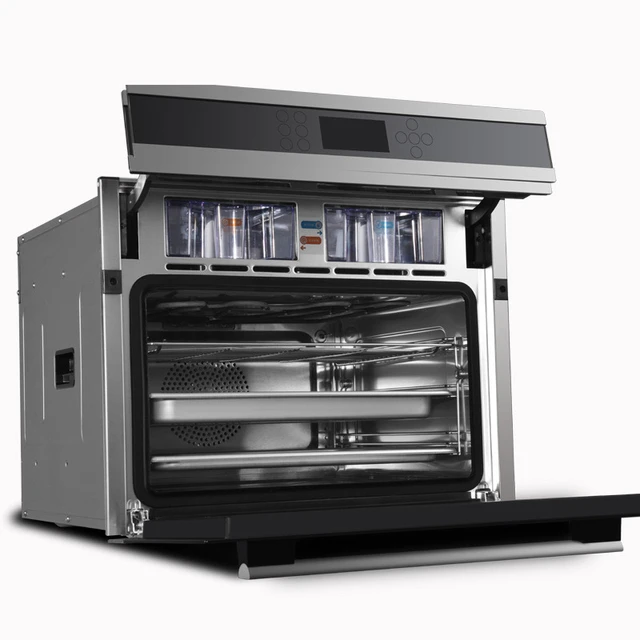
Precautions and Safety Measures:
a. Ventilation: When using any cleaning product, including splatter foam sprays, ensure proper ventilation in the kitchen area. Open windows or turn on exhaust fans to avoid inhaling fumes or odors.
b. Protective Gear: It is advisable to wear gloves and protective eyewear when using cleaning products to avoid skin contact or accidental splashes into the eyes.
c. Read Instructions: Always read and follow the instructions provided by the manufacturer for the specific splatter foam spray being used. This ensures the proper application, dwell time, and safety precautions are observed.
d. Spot Testing: Before applying a splatter foam spray to the entire oven, perform a spot test in a less visible area to check for any adverse reactions or surface compatibility issues.
Considering Environmental Impact:
a. Chemical-Based Cleaners: Splatter foam sprays, like many commercial oven cleaners, often contain chemical ingredients that can have negative environmental impacts. These chemicals may be harmful when released into the water supply or when disposed of improperly. Consider choosing eco-friendly or non-toxic alternatives to minimize environmental impact.
b. Natural Cleaning Methods: Alternative cleaning methods, such as baking soda and vinegar or natural cleaning solutions, offer greener options for oven cleaning. These methods use ingredients that are less harmful to the environment and can be safer for disposal.
c. Packaging and Disposal: When using splatter foam sprays or other cleaning products, consider the packaging and proper disposal methods. Look for products with recyclable packaging and follow local guidelines for disposing of empty containers or unused product.
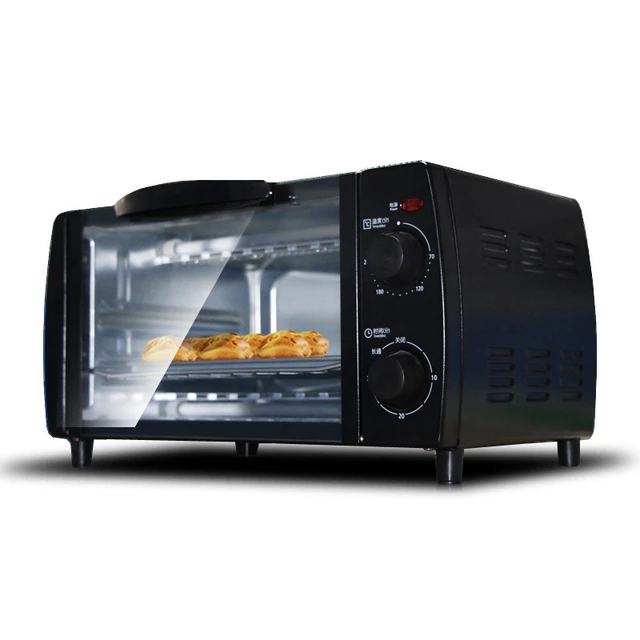
User Experiences and Reviews:
a. Online research and reviews can provide insights into the effectiveness and user experiences with splatter foam sprays. Reading reviews from other users who have tried these products can help determine their efficacy and performance.
b. Consider the reputation and reliability of the brand or manufacturer when evaluating user reviews. Look for feedback from trusted sources or seek recommendations from friends or family members who have used the product.
Personal Preferences and Cleaning Habits:
a. Consider personal preferences and cleaning habits when deciding whether to use splatter foam sprays for oven cleaning. Some individuals may prefer the convenience and effectiveness of these products, while others may opt for natural or DIY cleaning methods.
b. Evaluate the level of effort and time you are willing to invest in oven cleaning. Splatter foam sprays may offer a quicker and easier solution compared to alternative methods that require more manual scrubbing or preparation.
c. Take into account any sensitivities or allergies to certain ingredients or chemicals when selecting a cleaning product. Opt for products that are free from allergens or irritants that may cause adverse reactions.
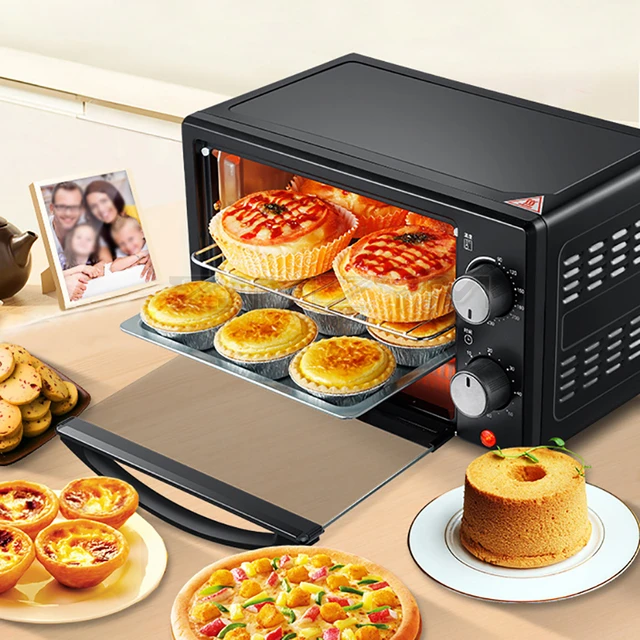
Conclusion:
Splatter foam sprays offer a convenient and efficient method for tackling tough stains and grease in ovens. They have advantages such as easy application, effective penetration, and time efficiency. However, it is essential to consider their potential drawbacks, including chemical composition, effectiveness on stubborn stains, residue removal, and compatibility with self-cleaning ovens. Users should also be aware of alternative cleaning methods, such as baking soda and vinegar, commercial oven cleaners, natural solutions, and steam cleaning. These methods may provide effective cleaning results while offering different approaches and potential benefits. As with any cleaning product, proper precautions, ventilation, and adherence to instructions are important for safe and effective use. Ultimately, choosing the best cleaning method for your oven depends on personal preferences, cleaning needs, and considerations for safety and environmental impact.

